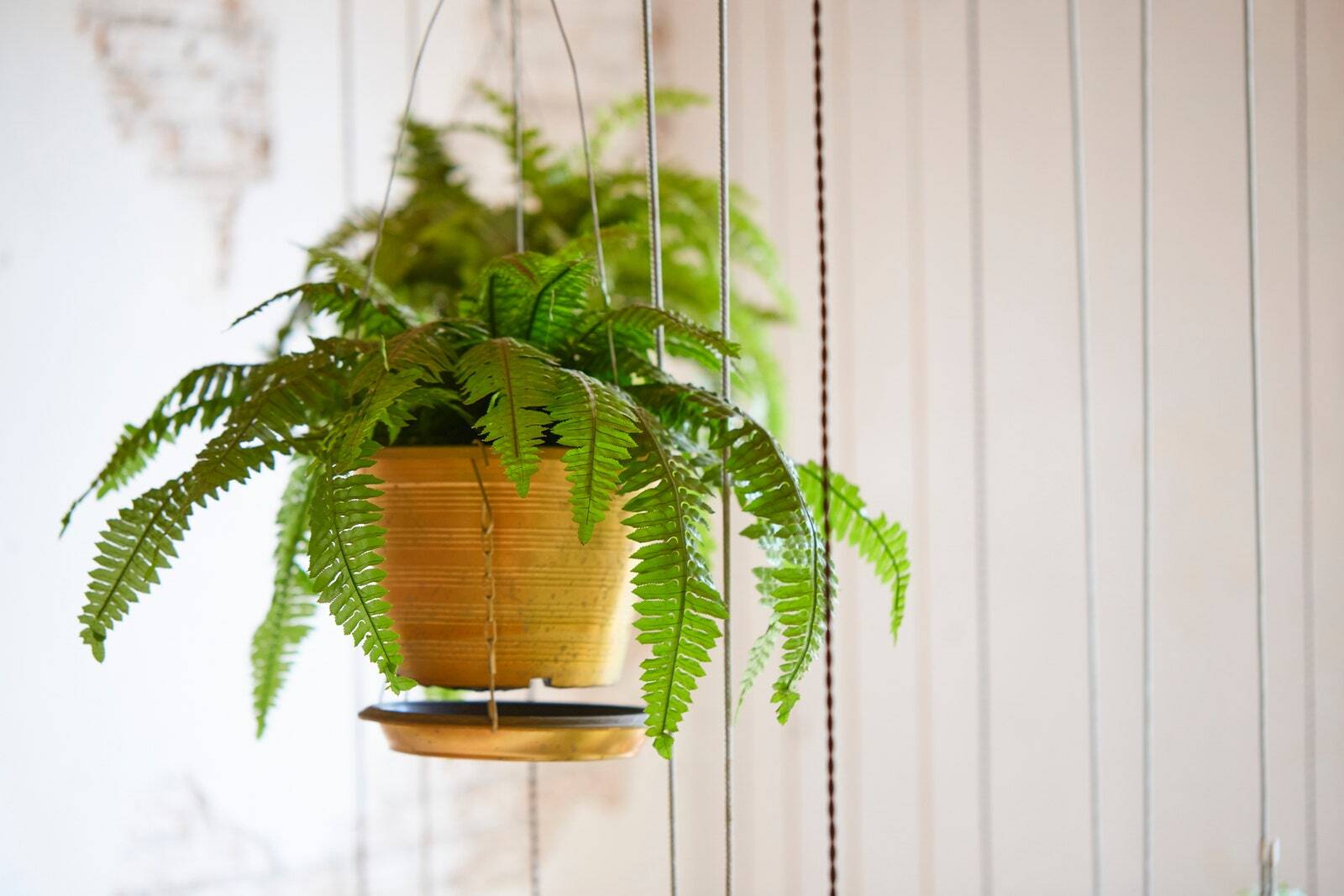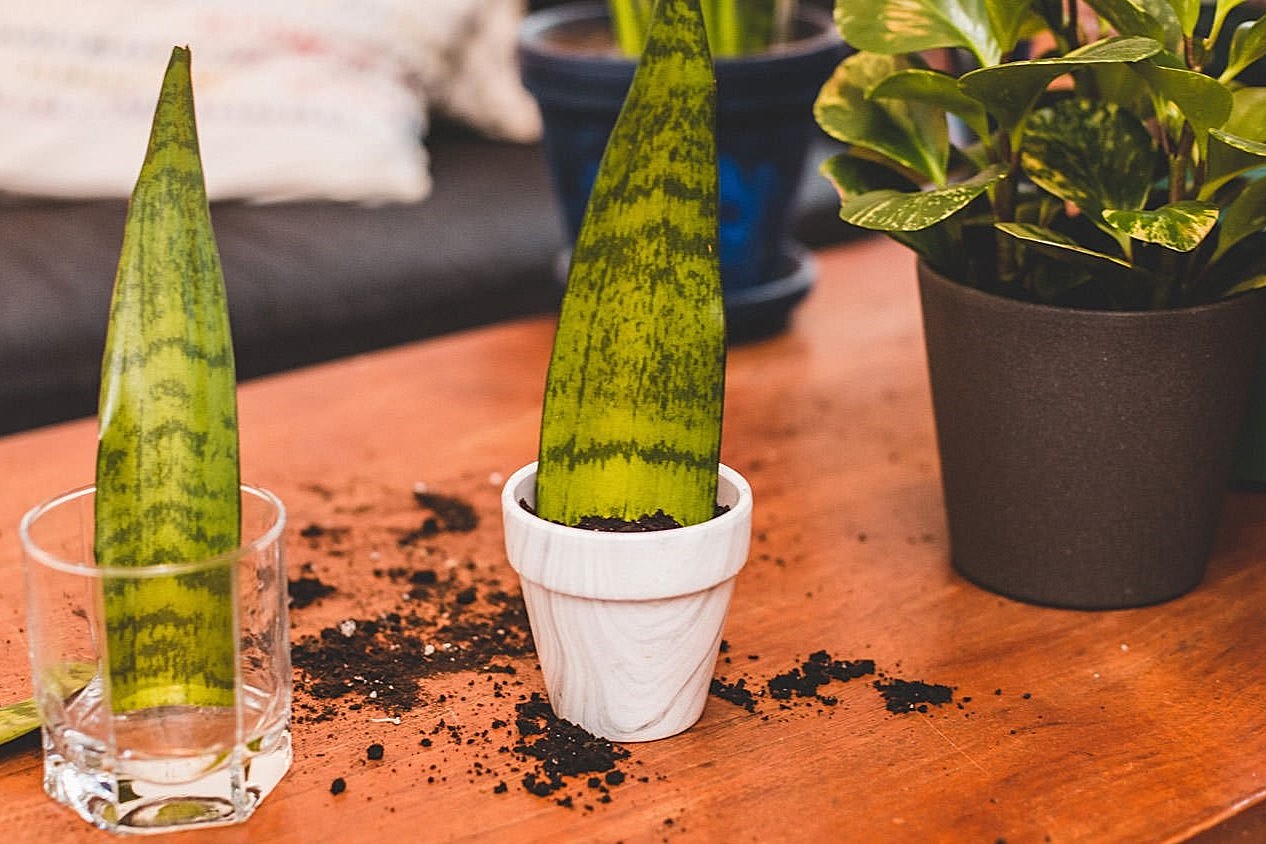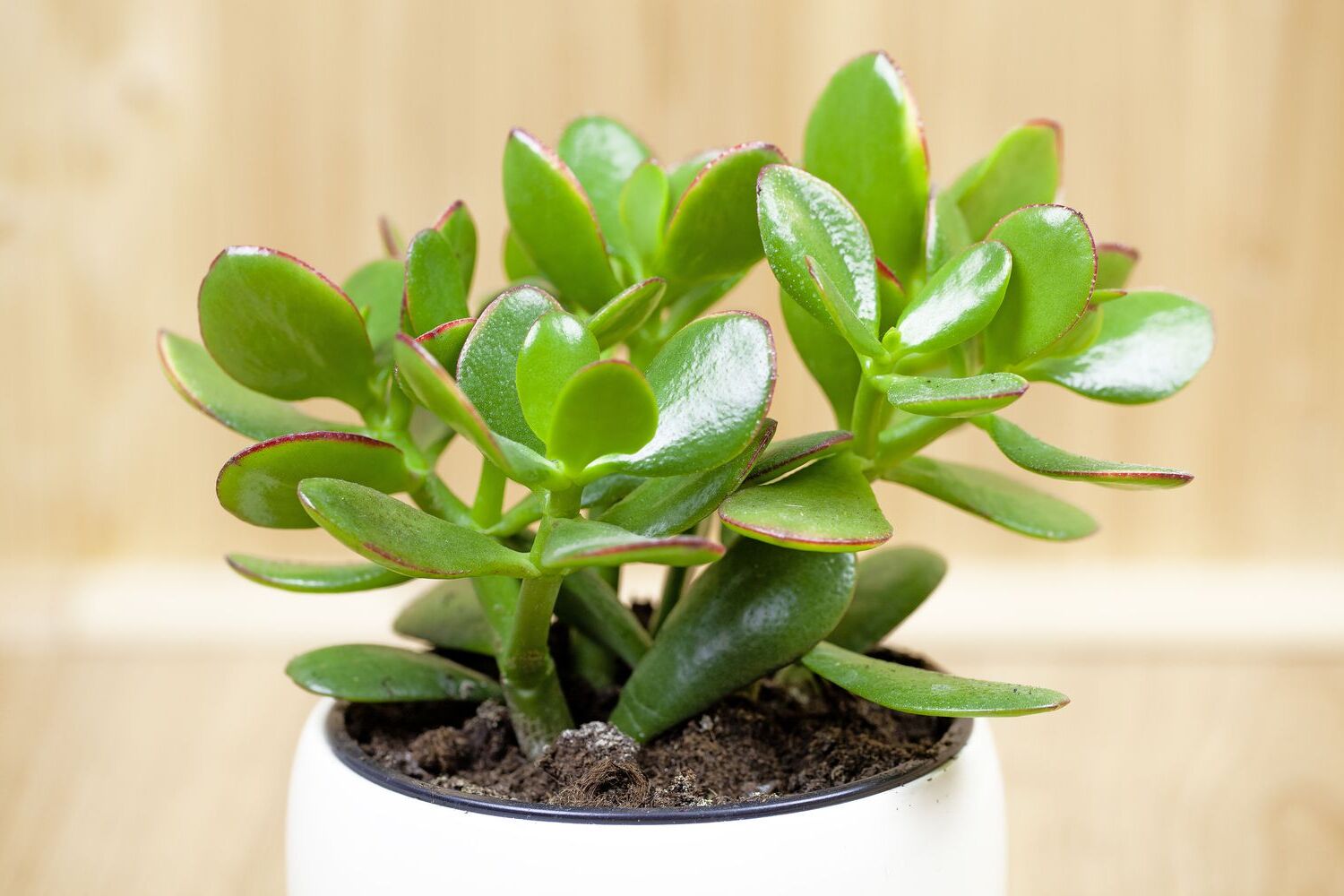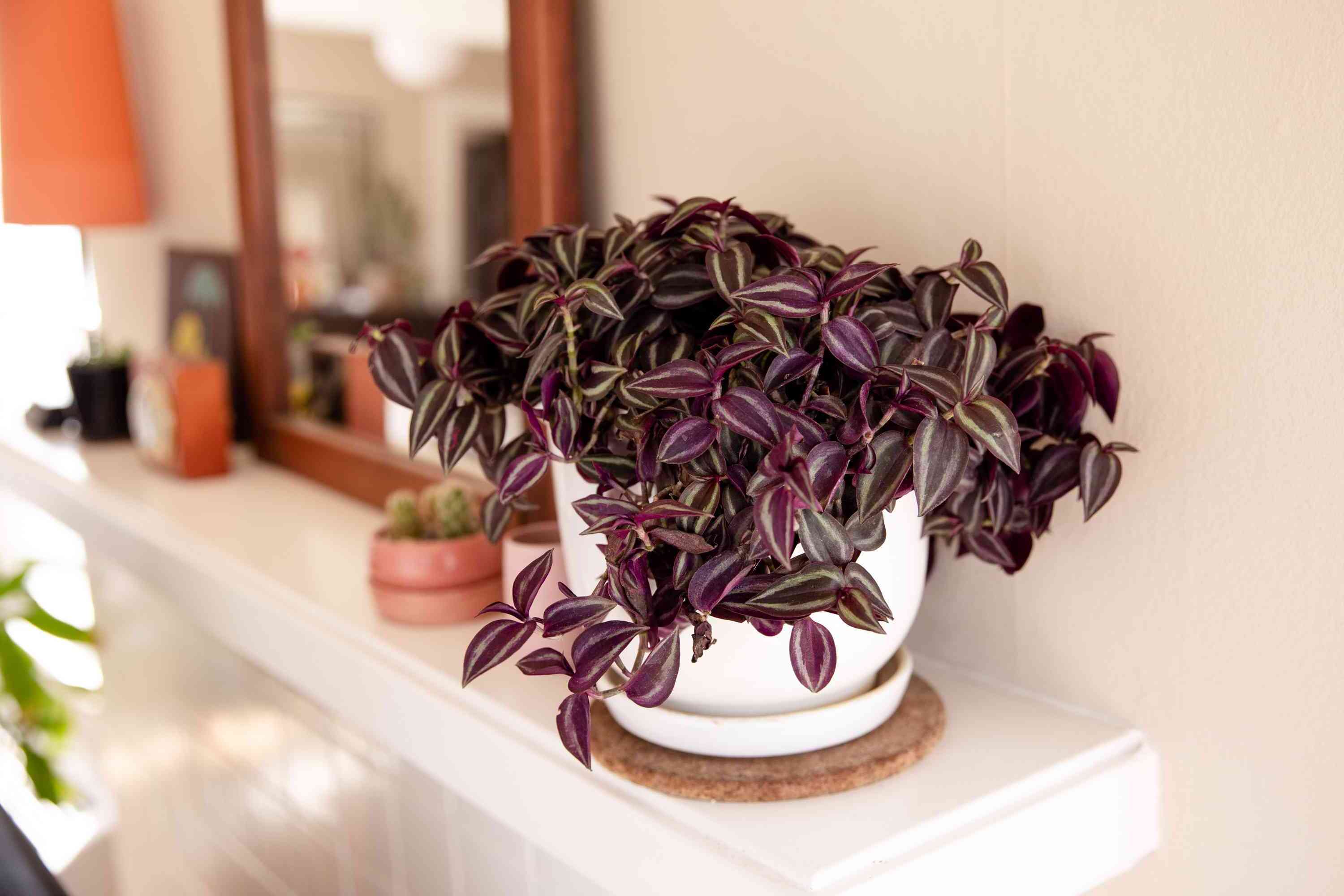Home>Ideas and Tips>Indoor Boston Fern Care Tips for Lush Green Hanging Plants


Ideas and Tips
Indoor Boston Fern Care Tips for Lush Green Hanging Plants
Modified: October 20, 2024
Learn essential tips for indoor Boston fern care to keep your lush green hanging plants thriving. Discover lighting, watering, and humidity secrets.
(Many of the links in this article redirect to a specific reviewed product. Your purchase of these products through affiliate links helps to generate commission for Storables.com, at no extra cost. Learn more)
Boston ferns, also known as sword ferns, are one of the most popular and versatile houseplants. They add a touch of elegance and lush greenery to any indoor space, making them an ideal choice for both beginners and experienced plant enthusiasts. In this article, we will delve into the detailed care requirements for growing Boston ferns indoors, ensuring they thrive and remain lush and green.
Introduction to Boston Ferns
Boston ferns belong to the species Nephrolepis exaltata. They are native to the tropical regions of South and Central America, where they thrive in humid, shaded environments. This fern species is known for its ability to purify the air by removing toxins such as formaldehyde, plastic off-gassing, and cigarette smoke, making it a valuable addition to any indoor space.
Lighting Conditions
One of the most critical aspects of Boston fern care is providing the right lighting conditions. These plants prefer bright, indirect light but can tolerate partial shade. Direct sunlight can cause the fronds to burn, so it's essential to place them in a spot where they receive filtered morning sun and afternoon shade. For example, a north- or east-facing windowsill is ideal for Boston ferns. If you're growing them in a sunnier room, ensure they are set back from direct sunlight to avoid burning.
Rotating the Plant
To ensure all sides of the plant receive adequate light, rotate your Boston fern every month by 90 degrees. This simple step helps maintain even growth and prevents any side from becoming too sparse or leggy. For instance, if you place your plant on an east-facing windowsill, rotate it to a south-facing window in the next month to provide varied light exposure.
Humidity Requirements
Boston ferns thrive in humid environments, typically requiring humidity levels above 80%. To achieve this indoors, you can use several methods:
- Misting: Mist the leaves of your Boston fern at least twice a day with 10-20 sprays. This helps maintain the desired humidity level and keeps the fronds healthy.
- Humidity Trays: Place the pot on a tray filled with pebbles and water. As the water evaporates, it increases the surrounding humidity, creating a more favorable environment for your fern.
- Bathroom or Kitchen Placement: Positioning your Boston fern near a bathroom or kitchen can also help maintain high humidity levels, as these areas naturally have higher moisture content.
Watering Tips
Proper watering is crucial for maintaining the health of your Boston fern. Here are some guidelines:
- Consistent Moisture: Keep the soil consistently moist during the spring and summer months. Water once a week for houseplants, and more frequently for outdoor ferns in warm climates.
- Reduced Watering in Winter: During the fall and winter dormancy, reduce watering to every other week. The soil should be allowed to go fairly dry before resuming regular watering.
- Avoiding Soggy Soil: Make sure the pot has drainage holes to prevent soggy soil, which can lead to root rot. Water over a sink and let the excess water drain before placing the plant back in its pot.
Read more: How To Hang Ferns On Porch
Soil Requirements
Boston ferns prefer organically rich, loamy soil with good drainage. For potted plants, use a peat-based potting mix with added perlite for increased drainage capacity. If you're growing them outdoors, amend the soil with compost and mulch annually to maintain good growing conditions.
Temperature Preferences
Boston ferns prefer temperatures between 65°F (18°C) and 75°F (24°C). Avoid placing them in areas with extreme temperatures or indoor drafts from air conditioners or heating vents. Temperatures above 95°F (35°C) and below 35°F (2°C) can harm the plant.
Fertilizing
Fertilizing is essential for maintaining the lush green color of your Boston fern. Here are some guidelines:
- Regular Fertilization: Feed indoor ferns once a month during the spring and summer using a 20-10-20 liquid houseplant fertilizer at half strength. Do not fertilize in the late fall and winter months.
- Outdoor Fertilization: For outdoor ferns, amend the soil with 1 inch of compost and mulch annually to maintain good growing conditions.
Pruning
Pruning is an essential part of Boston fern care. Here are some tips:
- Removing Dead Fronds: Prune by removing dead fronds as needed to keep the plant looking attractive. This helps prevent the spread of disease and maintains the plant's appearance.
- Pruning in Winter: During winter, you can prune the plant all the way down to the crown using clean shears. This allows the plant to go dormant and regrow in the spring.
Repotting
Repotting is necessary when your Boston fern has outgrown its container. Here are some steps to follow:
- Late Winter or Early Spring: Divide the plant in the late winter or early spring, before new foliage appears. Cut through the root ball with a clean, sharp knife, either in halves or quarters. Be sure to keep plenty of leaves on each division.
- New Potting Mix: Use a well-draining potting mix and ensure the new container has adequate drainage holes to prevent soggy soil.
Common Problems and Pests
Boston ferns are susceptible to several common problems and pests. Here are some tips for addressing these issues:
- Overwatering: Overwatering can result in root rot, which causes the fronds to turn gray and the roots to brown. Repot the plant in a sterile container and discard the diseased soil to treat root rot.
- Pests: Common pests include whiteflies, mealybugs, slugs, snails, and caterpillars. Control whiteflies and mealybugs with several blasts from the garden hose and handpick slugs, snails, and caterpillars off plants.
- Fungal Diseases: Boston ferns are prone to fungal diseases. Keep the plant moist but not sodden to control fungal disease. If necessary, treat with a fungicide after repotting the plant in a sterile container.
Overwintering
Overwintering your Boston fern requires careful planning to ensure it survives the cold temperatures. Here are some tips:
- Cool Room: Move the plant into a cool room with temperatures between 50°F (10°C) and 55°F (13°C). A south-facing window can provide some light during this period.
- Reduced Watering: Reduce watering significantly during this period, allowing the plant to go into dormancy. Resume regular watering in early spring when temperatures rise.
Conclusion
Growing Boston ferns indoors requires attention to detail but is well worth the effort. By following these care tips—providing the right lighting conditions, maintaining high humidity levels, watering consistently, using the right soil mix, fertilizing regularly, pruning as needed, repotting when necessary, addressing common problems and pests, and overwintering correctly—you can enjoy lush green hanging plants that purify the air and add beauty to any indoor space.
Whether you're a seasoned gardener or just starting out with houseplants, Boston ferns offer an excellent opportunity to enhance your indoor environment with their elegant fronds and air-purifying properties. With these detailed care tips, you'll be well-equipped to keep your Boston fern thriving all year round.
Was this page helpful?
At Storables.com, we guarantee accurate and reliable information. Our content, validated by Expert Board Contributors, is crafted following stringent Editorial Policies. We're committed to providing you with well-researched, expert-backed insights for all your informational needs.














0 thoughts on “Indoor Boston Fern Care Tips for Lush Green Hanging Plants”